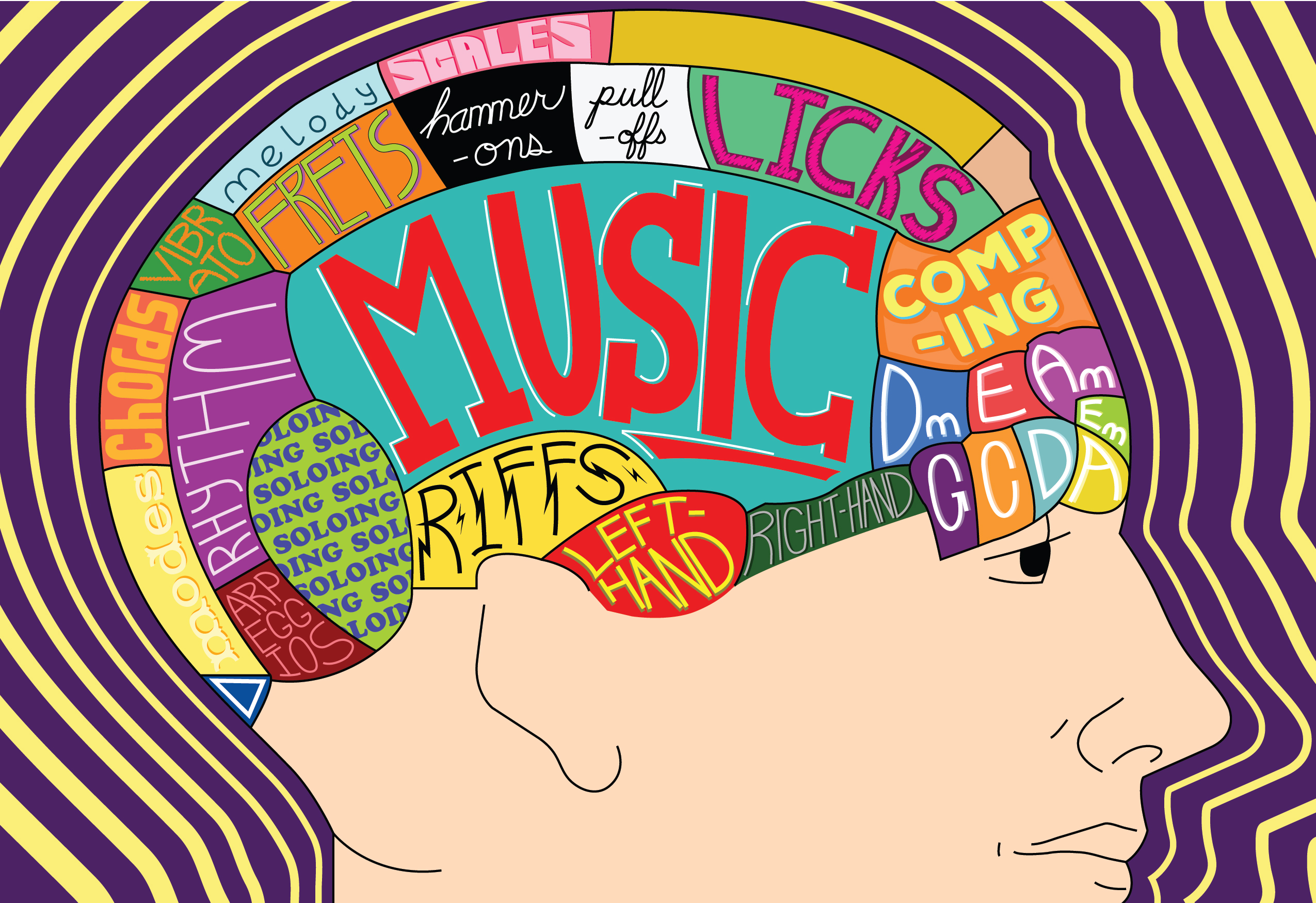There was a time when I thought that achieving true musical freedom required an in-depth knowledge of every single scale, arpeggio shape, chord inversion and any other musical concept you can think of. I spent hours memorizing positions all over the fretboard in hopes that someday, somehow, I would be able to magically play the perfect solo over any given chord progression and become the musician I’ve always dreamed to be.
After years of hard dedicated work memorizing everything I could on the fretboard, I got really good at playing dozens of different modes in any imaginable positions. However, my phrasing remained unmusical and uninteresting. I had to face the truth: the secret to better musical lines was not going to be found in an in-depth knowledge of the fretboard. This realization was both comforting and terrifying. It was comforting because I did not have to spend countless hours repeating mindless scale drills over and over. It was also terrifying because besides spending thousands of hours on the instrument, I did not know what to do.
I believe most guitar players wrestle with that question at some point or another. The answer to better musical phrasing is much simpler than what you might think. The secret lies within. The problem with most guitar players is that what they play is mostly generated by the instrument itself. How many times have you heard a guitar solo start with a bended second string going from the minor 7th to the root? What about the classic Chuck Berry lick that comes up in 99% of all guitar solos? These are perfect examples of guitar solos directly generated by the instrument and the players comfort with certain patterns and scale positions.
I would like to suggest a different approach. What if the musical idea came from within? What if the guitar was just the tool you used to convey the musical idea? The guitar is your instrument after all – the tool that enables you to express yourself. The story comes from the author’s mind, not from the pencil. This healthier approach to creating music is so simple that it is often overlooked. So, how do we reconnect with the inner musician?
The first step is to listen. Whether you are playing with a band, playing over a backing track, or even playing alone, you should always take the time to listen. Steve Vai calls this listening with the “inner” ear. This is a mental form of listening that involves your imagination. If you actively set your mind to listening, you will start hearing something. Most of the times you will hear something very simple – that’s a good thing. If you are new to this form of listening, use a backing track as a musical canvas to ignite your imagination. Listen to the track and mentally sing over it until you have a short recognizable melodic idea.
Once you have a clear mental thought of the musical line, we need to study it. All of this is done without the guitar at hands. The goal of this exercise is to get an in-depth knowledge of the musical idea you came up with. You need to know where notes are in relation to each other. Which note is the highest note of the theme? Which note is the lowest? Is the third note lower than the last? Are there any notes that have the same pitch? All those questions will help you come up with a clear mental image of the theme you came up with.
Once you feel that you have a very clear image of the musical idea, grab your guitar and find those notes on the fretboard. There most likely will be different options as to where to place the notes on the guitar. Figure all of those options out. This is a great way to familiarize yourself with the fretboard while keeping your ears actively involved in the process.
If you do this exercise on a regular basis, you will find your musical ideas to be much more interesting and most of the times different than what you would have come up with by just playing. The first time doing this might be tedious and you might feel that you are taking quite a few steps back in terms of your current ability to play the instrument. Do not give up! The more you do this, the easier it will come. After a few months you will find that you are able to almost instantly reproduce what you hear within using your guitar. Taking the time to reconnect with the inner musician is a wonderful path of self discovery. It takes off the pressure to compete with others and will bring you a lot of joy.
I hope you find this simple, yet effective exercises useful. Simple truths are often the most profound. I have never felt more free musically until after applying these previous steps into my daily musical experiences. This is an exciting path full of wonderful discoveries. Will you take it?


